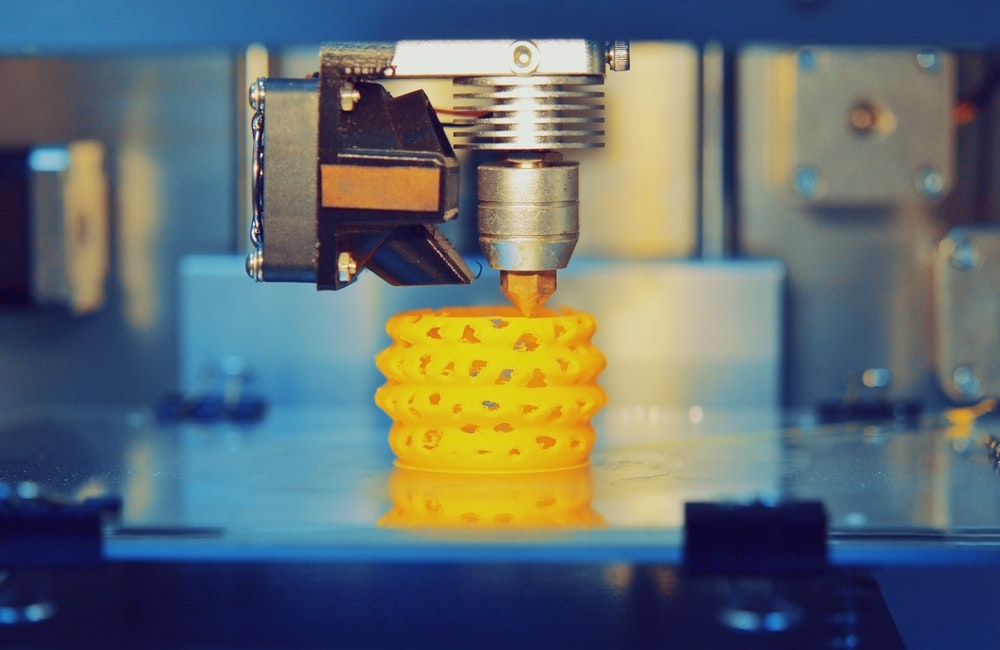In today's digital age, the demand for high-quality prints has never been greater. Whether you are a professional photographer, a graphic designer, or simply an individual looking to print cherished memories, obtaining the best possible print quality is essential. In this blog post, we will delve into the intricacies of achieving the highest quality prints, exploring various factors that contribute to superior results.
- Selecting the Right Printer:
To embark on the journey towards exceptional print quality, the first step is to choose the right printer. Consider factors such as resolution, color accuracy, and print technology. Opting for a printer with a higher resolution and advanced color management capabilities will significantly enhance the quality of your prints. - Utilizing High-Quality Paper:
The choice of paper plays a crucial role in determining the overall print quality. Investing in high-quality, archival-grade paper can make a world of difference. Look for paper that is specifically designed for your printer and the type of prints you wish to produce. Factors to consider include weight, finish, and color vibrancy. - Calibrating Your Monitor:
To ensure accurate color reproduction, it is essential to calibrate your monitor regularly. By using a color calibration device, you can adjust your monitor's settings to match industry standards. This step is crucial as it allows you to preview your prints accurately and make necessary adjustments before sending them to the printer. - Mastering Color Management:
Understanding color management is vital for achieving consistent and accurate prints. Implementing a color management workflow involves profiling your printer, monitor, and paper combination. By creating custom ICC profiles, you can ensure that the colors you see on your screen are faithfully reproduced in your prints. - Optimizing Image Resolution and Format:
To obtain the highest quality prints, it is crucial to work with high-resolution images. Ensure that your images have sufficient pixel density to avoid pixelation or loss of detail. Additionally, using lossless file formats such as TIFF or RAW preserves image quality, whereas compressed formats like JPEG may result in degradation. - Post-Processing Techniques:
Post-processing plays a significant role in enhancing the quality of your prints. Utilize professional photo editing software to fine-tune colors, contrast, and sharpness. However, exercise caution not to overdo it, as excessive editing can lead to unnatural-looking prints. - Print Settings and Test Prints:
Before committing to a final print, it is advisable to create test prints. Adjust print settings such as paper type, color profiles, and print size to achieve the desired outcome. Evaluating these test prints allows you to make any necessary adjustments and ensures the highest quality prints in the end.
Conclusion:
Obtaining the highest quality prints requires a combination of technical knowledge, attention to detail, and the right equipment. By selecting the appropriate printer, using high-quality paper, calibrating your monitor, implementing color management techniques, optimizing image resolution, and utilizing post-processing techniques, you can achieve exceptional print results. Remember, the journey towards the highest quality prints is an ongoing process of learning and refinement, but the rewards are well worth the effort.

